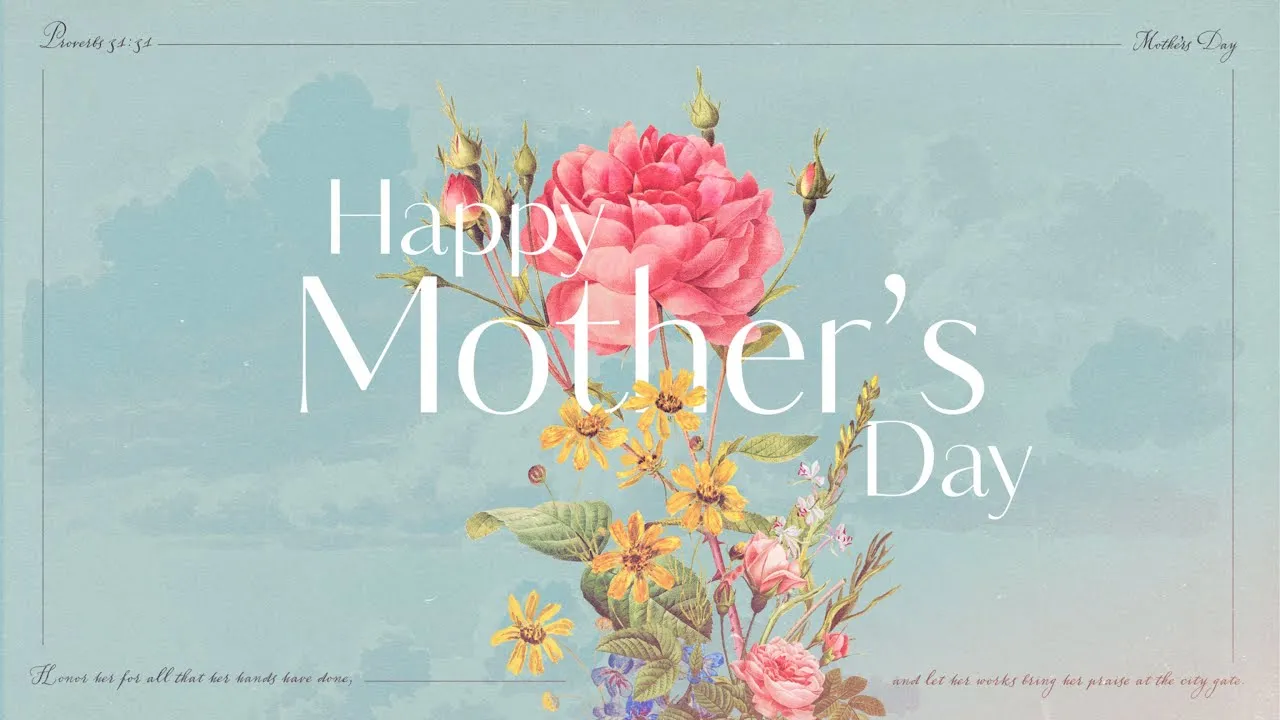Unraveling the Truth: Is Netflix’s ‘Adolescence’ a Real-Life Horror Story?
Netflix’s latest series, Adolescence, has taken the streaming world by storm, captivating audiences with its intense narrative and thought-provoking themes. Following the story of 13-year-old Jamie Miller, who is accused of murdering his classmate Katie, the series has sparked conversations about youth violence and societal issues. But how much of this gripping tale is rooted in reality?
A Closer Look at the Plot
Adolescence dives deep into the psyche of its protagonist, Jamie, as he navigates a chaotic world where violence lurks just beneath the surface. The plot unfolds in real-time, filmed in a continuous shot that amplifies the urgency and emotional stakes of the narrative. Viewers are drawn into Jamie’s life, witnessing the complexities of his relationships with his father Eddie and peers, all while grappling with the implications of his actions.
Inspiration from Real Events
The series draws inspiration from real-life incidents, notably the case of Southport killer Axel Rudakubana, who was sentenced for multiple murders. This connection highlights a disturbing trend of youth violence, raising questions about the societal factors that contribute to such tragedies. The creators of Adolescence aimed to shed light on these harsh realities, provoking thought and conversation around the alarming rise of youth-related violence.
Cultural Context and Societal Issues
In addition to its gripping narrative, Adolescence addresses significant cultural issues, including the rise of incel culture and male violence. By exploring these themes, the series reflects broader societal concerns about adolescent behavior and mental health. The portrayal of Jamie as a complex individual invites viewers to consider the influences of family, peers, and societal expectations on young people today.
Critical Reception and Viewer Impact
The release of Adolescence has elicited a mixed response from the public. Some praise its bold storytelling and the depth of its character development, while others criticize its graphic content. Regardless, the series has resonated with audiences, prompting many to reflect on their own experiences and the societal factors contributing to youth violence. As one viewer noted, “It’s a stark reminder of the challenges faced by young people today.”
Educational Themes and Public Discourse
The themes explored in Adolescence serve as a cautionary tale, encouraging discussions in schools and homes about mental health, peer pressure, and the consequences of violence. The series has ignited public discourse about the portrayal of violence in media, with debates surrounding the balance between storytelling and the potential impact on young viewers. As the creators intended, the show compels audiences to confront uncomfortable truths about youth and violence.
Psychological Exploration and Character Dynamics
A significant aspect of Adolescence is its psychological exploration of Jamie’s character. Through his interactions with a court-appointed psychologist, the series delves into the mental health challenges faced by many young individuals. The dynamics between Jamie, his father Eddie, and other characters are intricately explored, showcasing how familial bonds can influence adolescent behavior.
Cinematic Techniques and Cultural Relevance
The innovative filming techniques employed in Adolescence not only captivate viewers but also heighten the emotional stakes of the story. The timing of the series’ release coincides with ongoing discussions about youth violence and mental health, making it particularly relevant in today’s societal context. The diverse cast adds depth to the storytelling, allowing for broader representation of different backgrounds and experiences.
Future Implications for Storytelling
As Adolescence continues to spark conversations about youth and violence, it may pave the way for future narratives that tackle difficult subjects. The series encourages creators to address real-life issues through the lens of fiction, potentially influencing how such topics are approached in storytelling.
In conclusion, while Adolescence is a work of fiction, its roots in real-life events and cultural commentary make it a compelling watch. The series challenges viewers to reflect on the complexities of adolescence, the societal pressures faced by young people, and the urgent need for change in how we address youth violence. As the conversations surrounding the show continue, it remains to be seen how it will shape future narratives in media.





Leave a Comment